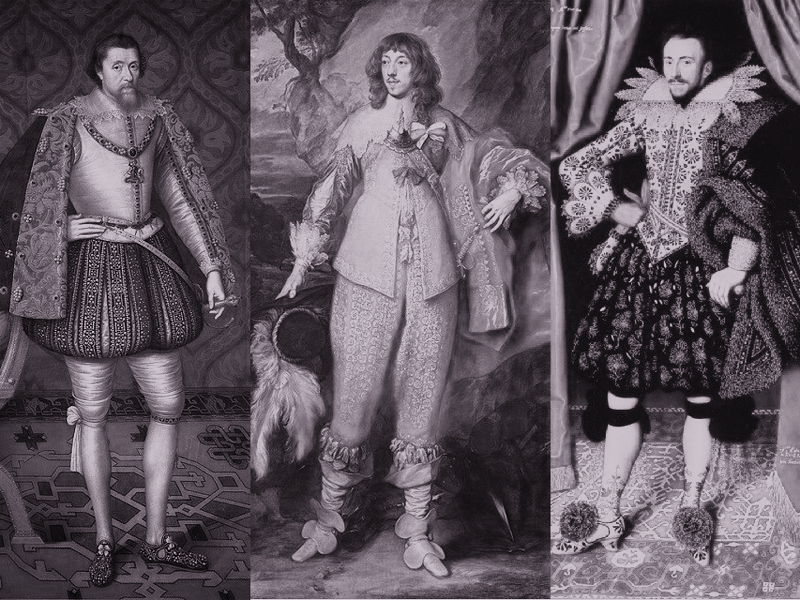Part 5: Language’s arbitrary influence
I ended Part 4 with this statement illustrating how we form concepts out of raw experience, in this case visual sensations:
We reduce visual data to “materials.” Then we reduce materials to “objects.” Then we reduce collections of objects into “settings,” and we reduce the changes of objects into “movements.” And then we reduce patterns of movements and settings into “narratives.” And those narratives are what we think to ourselves and what we tell to other people.
And this “reducing down,” partialization, likely happens in a similar way for other types of raw experience. But all the while we’re using concepts that we’ve learned mostly through language—taught to us by our parents, teachers, and peers.
Earlier in Part 4 I noted the efficiency of language: that languages have evolved to use short, single words for concepts that are common, and longer, numerous words for concepts that are less common. That seems like a very helpful system, and largely it is. However, we can’t expect it to be perfect: Languages are developed by groups of people, and people are imperfect, biased, and limited. On top of that, modern languages still carry features from their counterparts hundreds of years ago.

The arbitrariness of language
What is the most efficient way of partializing reality? Which concepts ought to be considered the “most common,” thereby getting shorter, simpler words? Which concepts ought to be considered “most important,” thereby appearing at the start of the sentence? Your lingual ancestors have already made these decisions for you, without you.
Imagine an English law clerk in the late 1600s; he’s wearing stockings and a ridiculous puffy coat; he’s never seen America; he’s never looked at a foreigner as his equal; he’s never considered a politics separate from religion; the very worst thing he can imagine is Catholicism. He’s not very much like you or me. But he and others like him saw fit to sort their experiences along certain lines and into certain concepts—and to some degree their influence still echoes in our language today. That’s a little unsettling!
And we can observe this arbitrary cultural influence on language when we compare different languages to each other. Anyone who’s studied a second language knows that the work of translation is rarely as simple as finding the label in language B that perfectly matches a concept in language A. Often there is no perfect match between concepts, and even the way concepts are allowed to relate to each other in a sentence varies.
A few years ago I read the book Geography of Thought, which describes how modern Western cultures and traditional East Asian cultures show markedly different ways of thinking—differences which are reflected in their different languages:
- Latin-based languages are subject-prominent: there is a subject, a thing, usually at the beginning of the sentence. We can trace this feature back to Latin-speaking ancient Rome, whose culture was heavily influence by ancient Greece, where philosophers sought to understand nature by isolating its components and studying them individually. There was the object, and then there were its properties, and the properties told you how the object would behave. Besides this, we have the Western value of individualism, which probably developed as the ancient Greeks began to make their livings through overseas trade—a profession that one could manage by oneself. These cultural particulars (and many more) are reflected in a subject-prominent language.
- East Asian languages are topic-prominent: the position or context is what usually starts the sentence. We can trace this feature back to the ancient Chinese philosophies of Taoism and Confucianism, which despite their many differences both emphasized the pursuit of harmony with nature. Each thing was simply a part of some larger body, so you’d first name the larger context and then say what’s happening in it. Besides this, we have the Eastern value of collective identity, which probably developed as farmers in ancient China lived far away from any centralized authority and therefore required each other’s cooperation to ensure that the right crops were grown and that emergencies were well handled. These cultural particulars (and many more) are reflected in a topic-prominent language.
And see, today you personally might be a trader or a farmer, an individualist or a collectivist, or whatever; but still you’re more-or-less stuck with the system of concepts that’s been handed to you. It influences how you think. And that system was developed by and for a particular, arbitrary group of people—your lingual ancestors. So if you find “yourself” “sitting” in “your apartment,” you can’t take it for granted that “you” and “sitting” and “apartment”, in that particular order, are objectively the most useful concepts to describe your experience. What then?
Briefly escaping language’s influence
This is where ideas like “mindfulness” or “zen meditation” or “living in the Now” come into play. They all involve taking a step back and just noticing your experiences without processing them in thought—that is, without letting your language-programmed mind reduce them to sequences of familiar symbols. So, instead of thinking, “I’m sitting in my apartment,” you’d notice the feeling of the chair on your back, or the volume of ambient noise, or the brightness of natural light in your eyes. When you start with the raw experience and simply pay attention to it and how it affects you, then you may be inclined to carve up reality differently than you’ve been doing.
For example,
- You might notice, for the first time that day, that your back is sore. Then you wonder: “Has it been sore all day? Has it affected my mood or my actions? Do I need to stretch?” And so on. The most common concepts of your culture (or perhaps specifically your white-collar office subculture) don’t normally touch on how your back muscles feel, but now it’s important.
- You might notice that you’ve been rapidly tapping your foot, and you don’t remember when you started; are you unconsciously anxious about something? The symbols that you most readily used to understand your daily experience didn’t touch on your involuntary foot-tapping.
- You might notice that you feel really happy when talking to a particular person, even though they’re “not one of us.” Perhaps your subculture has subtly enforced the concepts of “young/old” or “red/blue” or “educated/uneducated” as the most important symbols for determining who your peers should be.
Notice the vast parts of experience that your day-to-day symbol system is leaving out by default; you may be missing something good (as implied by the common idiom “stop and smell the roses”) or something important (as implied by the common idiom “think outside the box”).
Summary
The concepts you most readily use to understand your experiences are determined by the language through which you learned them. And that language has been shaped arbitrarily by your own culture as well as the cultures that came before it. Only by consciously avoiding those ready-made concepts can you actually notice the full spectrum of your experience. Your call to action is this: Every once in a while, take note of the symbols that your own mind is using to partialize the world. What information are you leaving out?

